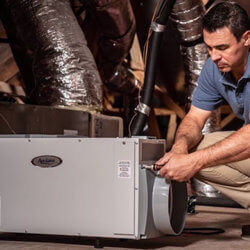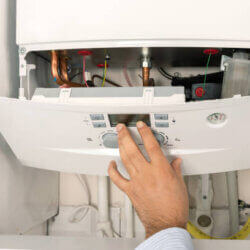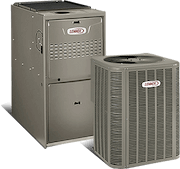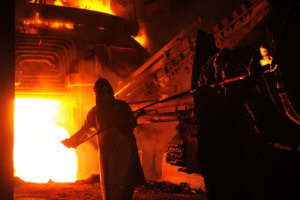
Modern-day furnaces and HVAC systems in St. Louis are loaded with features that are incredibly efficient at providing heat and warmth during the harsh winters. But have you ever wondered how modern furnace technology evolved to become what it is today? If you are interested to learn more about it from a professional furnace company, read on.
In this article, we will rewind the clock and trace the evolution of furnaces to help you understand where it all stemmed from. To learn more or to schedule furnace repair or replacement in St. Louis from our heating and air conditioning experts, contact Galmiche & Sons online or by phone today!
15 AD: The Roman Hypocaust
The Roman hypocaust was probably the first central heating system in the world. Developed by the incredibly skilled engineers of the mighty Roman empire, the hypocaust wasn’t the most efficient heating system like modern furnace technology. However, it provided sufficient warmth through its under-floor heating system in homes made of brick or stone. The hypocaust had major safety issues as it increased the risk of suffocation and fire hazards.
1855: The Radiator and the Bunsen Burner
Until the mid-19th century, the heating systems that were in use were a far cry from the prevalent systems today – with most options just being a wood or coal burning fireplace or stove. However, in 1855, things started to change with the arrival of two inventions, which signaled the beginning of modern furnace technology as we know it.
- The Radiator: The Radiator was an invention of a Russian businessman named Franz San Galli. It employed natural convection, i.e., the rise of heat for facilitating heat distribution within an enclosed space. Further improvements to the design of the original Radiator were made in 1885 by Dave Lennox, who invented cast iron radiators that burned coal for providing heat. Radiators, similar to the hypocaust, were typically installed in properties’ basements.
- The Bunsen Burner: The invention of the Radiator wasn’t the only groundbreaking innovation in furnace technology in 1855. In the same year, Dr. Robert Bunsen, a German scientist, invented The Bunsen Burner. It featured an open flame that could produce heat minus soot. It also facilitated the blending of gas with air prior to combustion in a much more controlled manner compared to furnace technology that came before it. The success of The Bunsen Burner led to further developments in the form of heating systems running on gas, propane, and oil.
1882: Enter the Electric Age
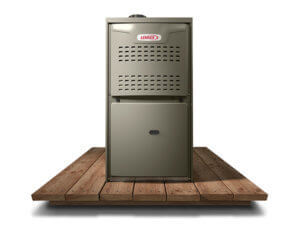
Electric heat began to play a major role in furnace technology from the 1880s. Albert Marsh’s 1905 discovery of the metal chrome facilitated the construction and design of a stronger heating element. Marsh, who is fondly remembered as the ‘father of the electrical heating industry,’ produced heaters that worked by pushing electrical current through the metal chrome heating element. The underlying operational process of those heaters involved the conversion of electricity into heat. The majority of modern furnace technology continues to work in the same way.
20th Century: The Dawn of the Central Heating System
During the 20th century, two major developments happened in the heating industry – the invention of the first-ever central heating system and the distribution of forced air.
- Central heating system: In 1919, Alice Parker invented the first central heating system in the world. This system efficiently distributed heat and regulated temperatures throughout a home.
- Distribution of forced air: The hot air generated by the furnace started to be delivered through a ductwork system. Unfortunately, this system relied on gravity, and as a result, ducts of large diameters were needed. These ducts typically cluttered basements.
21st Century: The Arrival of Modern Furnace Technology
The complications arising from gravity-fed furnaces led to a change – motor-driven fans were invented. These fans could force warm air through smaller ducts, resulting in more effective and efficient heating. Modern furnaces also last considerably longer than their older counterparts.
Learn More About Modern Furnace Technology
If you are interested in learning more about modern furnace technology and how a new energy efficient furnace can help you save on heating bills and costs, contact Galmiche & Sons today. As experts in the heating and cooling industry since 1950, we look forward to answering your questions and helping you keep your home comfortable all year.



